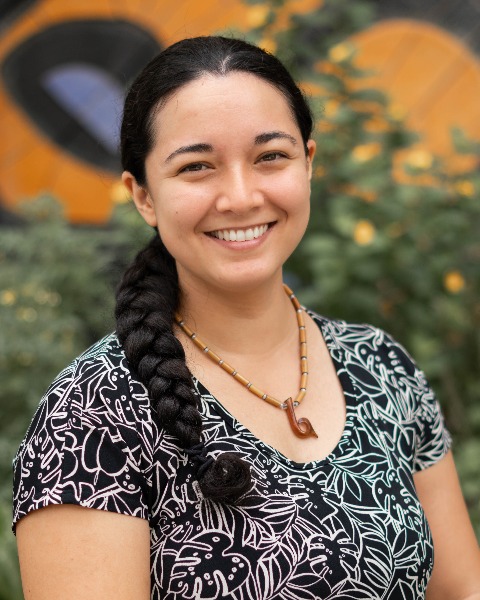Student Poster Display
Physiology, Biochemistry, and Toxicology
Student
Student Competition
D3036: Predicting nutrient content for edible insects using machine learning

Rebecca P. Barone (she/her/they/them/ʻo ia)
Doctoral Student
University of Hawaiʻi at Mānoa
Honolulu, Hawaii.jpg)
Michelle Garwei Au (she/her/hers)
Graduate Research Assistant
University of Hawaiʻi at Mānoa
Honolulu, Hawaii
Presenting Author(s)
Co-Author(s)
Entomophagy, the custom of eating insects, has been practiced around the world for centuries. Insects are an excellent source of protein, fats, carbohydrates, vitamins, and essential minerals. They are also more sustainable to farm than most commercial protein sources due to their much lower land usage and water consumption. However, one major shortcoming of widespread entomophagy is the lack of comprehensive knowledge about the nutrient content of edible insect species. In the U.S, there are a limited number of commercially available edible insects, most of which are used for animal feed rather than human consumption. The limited availability of edible insects and lack of data on nutrient content prevents widespread insect consumption despite a growing interest in eating insects. Additionally, factors such as habitat, feed, life stage, and preparation method are known to influence nutrient content. Previous work using machine learning to predict nutrient content of common food items has shown great success. This project aims to use regression models to predict the nutrient content for different insects commonly consumed worldwide. Data on nutrient content of various insect species will be sourced from an exhaustive review of the literature, online food databases, and primary data collection efforts. Through better understanding of how these factors affect nutrient content, cultivation practices can be optimized, nutritional information can be shared, and entomophagy as a sustainable practice can spread.

.png)

